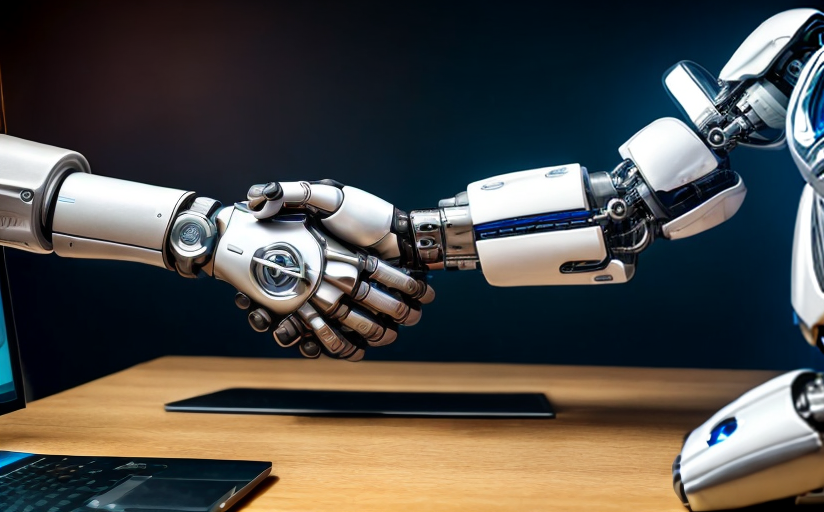The onset of Artificial Intelligence and its impact on Human Employment
The advent of Artificial Intelligence (AI) has triggered a radical paradigm shift in the working landscape, revolutionizing the way various tasks are performed. This groundbreaking technology has sparked off a vibrant debate centered on its impacts on human employment. Is it a bona fide opportunity or a looming threat? This inquiries forms the essence of this article as we aim to delve into the profound impact of AI on human jobs, examining its drawbacks and opportunities, and its future prospects.
Artificial Intelligence: A Threat to Human Employment?
It is undeniable that automation and AI-driven technologies have already replaced many routine jobs, primarily in manufacturing and customer service sectors. According to a report by McKinsey Global Institute, nearly half of all work activities could be automated using currently demonstrated technologies, indicating potential job losses. Another separate study by Oxford University suggested that up to 47% of all jobs could be automated by 2033.
Industries such as transportation and warehouses are experiencing this trend as autonomous vehicles and robotic arms take over. The fear is that AI could outperform humans in most economically valuable work, rendering human labor obsolete.
Artificial Intelligence: An Opportunity for Human Employment?
Contrary to the dystopian viewpoint, many experts believe that AI is not a job killer but a job creator. Developing, implementing, and maintaining these sophisticated technologies will necessitate new roles such as AI specialists, data scientists, and robotics engineers. According to a recent Gartner report, AI is expected to create 2.3 million jobs by 2020, offsetting the 1.8 million it will eliminate.
A study by World Economic Forum also posits that while AI and robots could displace 75 million jobs by 2022, it could generate 133 million new ones. In essence, while it might replace routine tasks, it also opens up avenues for more creative and high-skilled jobs. Moreover, AI can complement human labor, thus enhancing their productivity and effectiveness.
Impact and Future of AI-Driven Workforce
The transformative nature of AI is reshaping industries from healthcare to finance and education. AI-powered systems can perform diagnostic procedures, analyze financial trends, and personalise learning programs, effectively altering traditional employment dynamics.
The future seems to lean towards a more balanced workforce, comprised of both AI and human workers playing complementary roles. As David Autor, a labor economist at MIT aptly puts, Tasks that cannot be substituted by automation are generally complemented by it.
Preparing for the AI-Driven World
As AI permeates the workplace, individuals, and societies need to adapt. Investment in education and training for jobs that require human skills such as creativity, critical thinking, empathy, and leadership are integral. Lifelong learning appears not as an option, but a necessity. Governments and organizations must foster job transition and provide safety nets for those displaced.
In conclusion, whether AI is a threat or an opportunity largely hinges on our individual and collective preparedness and adaptiveness. As Klaus Schwab, founder of the World Economic Forum once said, “We should thus grasp the opportunity and power we have to shape the Fourth Industrial Revolution,which will fundamentally alter how we live and work.”



















Comments
Leave a Comment